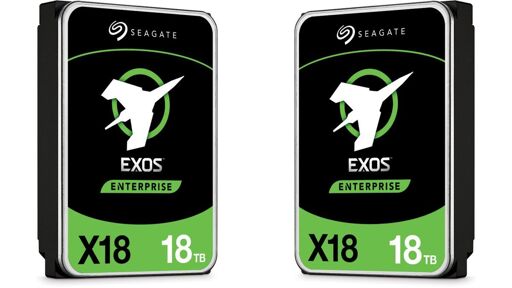PSA to always run a full length SMART check for any drives you buy, even from OEM. The short test and log are not enough, I have bought faulty drives that someone had reset the logs and power on hours.
All passed short SMART test, but failed long SMART test after only a few minutes. Found just one drive that the skrub forgot to wipe and the log showed 6 continuous years of power on usage.
Even from OEM, you will at least know if the hardware is DOA which you can then RMA.
Probably performs a good burn-in for them too.
Do people still do that? Used to be common practice to power on equipment and let it sit, either idle or full-tilt, for a couple days before even starting to configure it. Let the factory bugs scatter out.
Never heard of that, interesting
what do we call this scandal? seagate? seagate…gate?
Sea(gate)^2
Seems strange as its from several different retailers but seagate confirmed they where refurbished so seems a bit bait and switch but why would so many be doing it?
Either Seagate is doing it or all the retailers get them from the same source (which may not be Seagate) that is doing it or is contaminated by fulfillment pooling
The wholesaler where these are shipped from may have bought a large amount of hard drives from China and Co mingled the stock. Most logical explanation.
Just don’t buy Seagate. Their drives consistently have the highest annualized failure rate on Backblaze reports ( https://www.backblaze.com/blog/wp-content/uploads/2024/05/6-AFR-by-Manufacturer.png ), and is consistent with my experience in small anecdotal sample of roughly 30 drives. This results in a ripple effect where the failed drive adds more work to the other drives (array rebuild after replacement), thereby increasing their risk of failing, too.
If you look at the data, Seagate is also some of their oldest drives, and some of their most used. Likewise, they have almost no WD drives, yet that’s what you recommend below.
I’m not saying you should or should not buy Seagate drives, I’m just saying that’s not what you should be taking away from that data. What it seems to say is that Seagate drives are more likely to fail early, and if they don’t, they’ll likely last a while, even in a use case like Backblaze. Some capacities should be also avoided.
That said, I don’t think this data is applicable to an average home user. If you’re running a NAS 24/7, maybe, but if you’re looking for a single desktop drive (esp if it’s solid state), it’s useless to you because you won’t be buying those models (though failure rates by capacity apply since they likely use the same platters).






